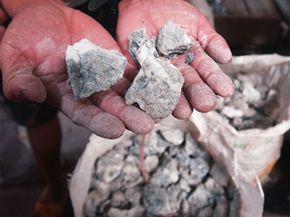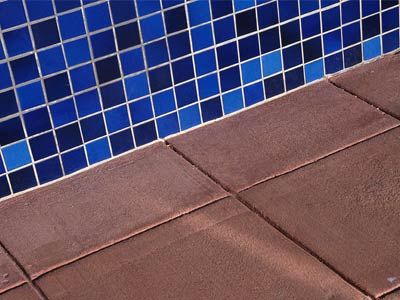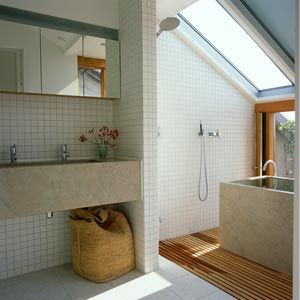The dinner party scene is all set. You worked hard to create the perfect menu and set a stunning table, all in a bid to showcase the expensive new painting hanging in the living room. Red wine is decanted and placed at strategic locations to lure guests in the right direction. The fireplace is lit, the track lighting is aimed at your prize artwork and the coffee table is loaded with Hors D'oeuvres. Everyone arrives, coasts through the living room and soon you find your 10 closest friends hanging out in…the kitchen. After your urging falls on deaf ears, you give up and transfer the wine and snacks to your island. The painting remains sadly ignored.
Don't feel bad. Ask anyone who's ever hosted a dinner, cocktail gathering or keg party -- the kitchen is where all the action is. Maybe kitchens make people feel comfortable -- the warmth of a stove, the smell of something delicious filling every corner. Maybe it's because the kitchen is where you spend a lot of time. No matter the reason, don't plan a party unless you're prepared to accept the reality that the kitchen may end up as the hub.
Advertisement
Another reason people herd to the kitchen is that it's often one of the nicest rooms in the house. People love their kitchens, and they're often one of the first rooms to undergo major changes after someone moves in. They're a good investment, but a kitchen renovation comes at a high initial cost. In 2006, the average kitchen remodel cost Americans more than $54,000 [source: CNN]. A middle-of-the-road renovation had a return of about 91 percent for every dollar spent. With that kind of payback, it's no wonder people sink money into their culinary headquarters.
There are a few ways to drastically change your kitchen, but maybe none have quite the impact of new countertops. Just in square footage alone, you'll see more of your countertops than anything else aside from your floor and walls. When it comes to deciding your look you have several materials to choose from. Some of the more popular choices include:
Another alternative that's been around since the early 1990s has recently gained a lot of attention. It's a variety of engineered stone countertop made from quartz -- 93 percent quartz to be exact. Quartz is an abundant and inexpensive gemstone, and it makes an ideal countertop in many ways. Combine ground quartz with coloring pigment and a binding agent, and you have one of the most durable manufactured countertops on the market. And it's green, to boot. They come in many different colors as well sure to match your kitchen like tan, black, brown, and rose quartz to name a few.
Advertisement





